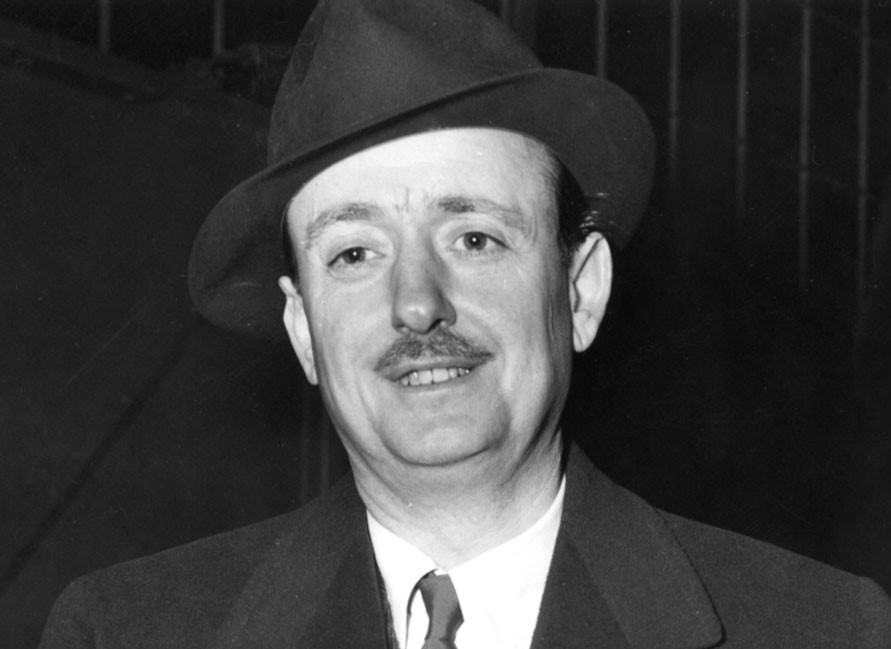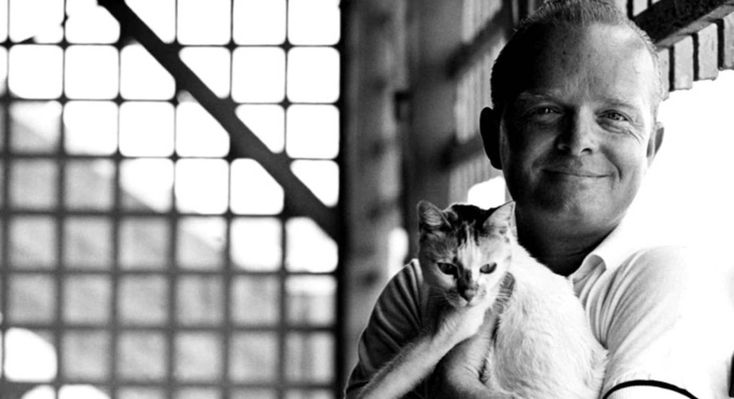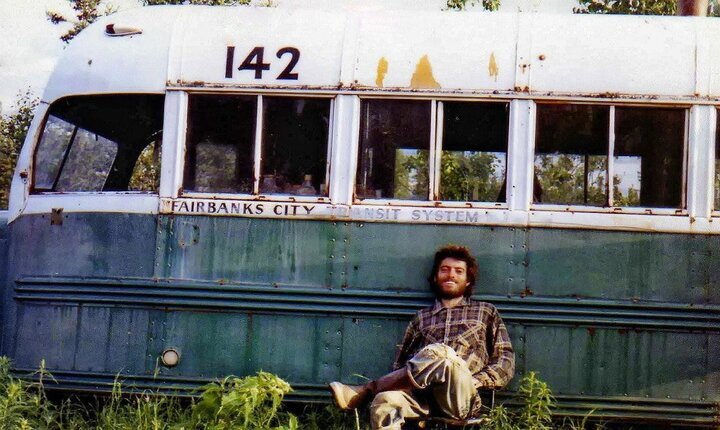Психология массовых коммуникаций - Ричард Харрис
Книгу Психология массовых коммуникаций - Ричард Харрис читаем онлайн бесплатно полную версию! Чтобы начать читать не надо регистрации. Напомним, что читать онлайн вы можете не только на компьютере, но и на андроид (Android), iPhone и iPad. Приятного чтения!
Шрифт:
Интервал:
Закладка:
Brown, J. A. (1998). Media literacy perspectives. Journal of Communication, 4S(I) 44–57.
Brown, J. D., Campbell, K. (1986). Race and gender in music videos: The same beat but a different drummer. Journal of Communication, 36(1), 94–106.
Brown, J. D., Einsiedel, E. F. (1990). Public health campaigns: Mass media strategies. In: E. B. Ray L. Donohew (Eds.). Communication and health: Systems and applications (p. 153–170). Hillsdale, NJ: Lawrence Eribaum Associates.
Brown, J. D., Walsh-Childers, K. (1994). Effects of media on personal and public health. In J. Bryant D. Zillmann (Eds.). Media effects (p. 389–415). Hillsdale NJ: Lawrence Eribaum Associates.
Brown, N. R., Siegler, R. S. (1992). The role of availability in the estimation of national populations. Memory Cognition, 20, 406–412.
Brown, W. J., Cody, M. J. (1991). Effects of a pro-social television soap opera in promoting women's status. Human Communication Research, 18, 114–142.
Brown, W. J., Singhal, A. (1990). Ethical dilemmas of prosocial television. Communication Quarterly, 38, 268–280.
Brown, W.I, Singhal, A., Rogers, E. M. (1989). Prodevelopment soap operas: A novel approach to development communication. Media Development, 36(4), 43–47.
Bruce, S. (1990), Pray TV: Televangelism in America. London: Routiedge.
Bruno. K. J., Harris, R. J. (1980). The effect of repetition on the discrimination of asserted and implied claims in advertising. Applied Psycholinguistics, 1, 307–321.
Bryant, J. (Ed.). (1990). Television and the American family. Hillsdale, NJ: Lawrence Eribaum Associates. Bryant, J., Alexander, A. R, Brown, D. (1983). Learning from educational television programs. In: M. J. A. Howc (Ed.). Learning from television: Psychological and educational research (p. 1–30). London: Academic Press.
Bryant. J., Rockwell. S. C. (1994). Effects of massive exposure to sexually oriented prime time television programming on adolescents moral judgment. In: D. Zillmann. J. Bryant, A. C. Huston (Eds.). Media, children, and the family: Social scientific, psychodynamic, and clinical perspectives (p. 183–195). Hillsdale NJ: Lawrence Eribaum Associates.
Buchholz. M., Bynum. J. (1982). Newspaper presentation of America's aged: A content analysis of image and role. The Gerontologist, 22, 83–88.
Buckingham, D. (1993). Children talking television: The making of television literacy. London: Palmer. Buckingham, D. (1996). Critical pedagogy and media education: A theory in search of a practice. Journal of Curriculum Studies. 28(ff), 627–650.
Buckingham, D. (1998). Media education in the UK: Moving beyond protectionism. Journal of Communication, 48, 33–43.
Buerkel-Rothfuss, N. L., Mayes, S. (1981). Soap opera viewing: The cultivation effect. Journal of Communication, 31, 108–115.
Bullard. S. (1998). Gangstawulf: Examining the allure of violence in lyric form. Teaching Tolerance, 7(1), 16–19.
Burke. R. R., DeSarbo, W. S., Oliver, R. L., Robertson. T. S. (1988). Deception by implication: An experimental investigation. Journal of Consumer Research. 14, 483–494.
Busby, L. J. (1985). The mass media and sex-role socialization. In: J. R. Dominick J. E. Fletcher (Eds.). Broadcasting research methods (p. 267–295). Boston: Allyn Bacon.
Calvert, S. L. (1988). Television production feature effects of children's comprehension oftime. Journal of Applied Developmental Psychology, 9, 263–273.
Cameron. G. T, Frieske, D. A. (1994). The time needed to answer: Measurement of memory response latency. In: A. Lang (Ed.). Measuring psychological responses to media (p. 149–164). Hillsdale NJ: Lawrence Eribaum Associates.
Canadian case. (1996, June 20). Kansas State Collegian, p. 2.
Cantor, J. (1991). Fright responses to mass media productions. In: J. Bryant D. Zillmann (Eds.). Responding to the screen: Reception and reaction processes (p. 169–197). Hillsdale, NJ: Lawrence Eribaum Associates.
Cantor, J. (1996). Television and children's fear. In: T. M. Macbeth. Tuning in to young viewers: Social science perspectives on television (p. 87–115). Thousand Oaks, CA: Sage.
Cantor, J. (1998). Ratings for program content: The role of research findings. The Annals of the American Academy of Political and Social Science, 557, 54–69.
Cantor, J., Nathanson. A. I. (1996). Children's fright reactions to television news. Journal of Communication, 46(4), 139–152.
Cantor, J., Oliver, M. B. (1996). Developmental differences in responses to horror. In: J. B. Weaver R. Tamborini (Eds.). Horror films: Current research on audience preferences and reactions (p. 63–80). Mahwah, NJ: Lawrence Eribaum Associates.
Cantor, J., Sparks, G. G. (1984). Children's fear responses to mass media: Testing some Piagctian predictions. Journal of Communication, 34, 90–103.
Cantor, J., Venus, P. (1980). The effect of humor on recall of a radio advertisement. Journal of Broadcasting, 24(1), 13–22.
Cantor. M. G. Cantor, J. M. (1986). American television in the international marketplace. Communication Research, 13, 509–520. Carlson, M. (1990, September 10). A new ball game. Time, 40–41.
Carlson. M. (1996, August 5). The soap opera games. Time, 48.
Can-oil. J. S., Kerr, N. L., Alflni, J. J., Weaver, F. M., MacCount. R. J., Fcldman, V (1986). Free ргеяч and fair trial: The role of behavioral research. Law and Human Behavior, 10, 187–202.
Carveth, R., Alexander. A. (1985). Soap opera viewing motivations and the cultivation process. Journal of Broadcasting Electronic Media, 29, 259–273.
Cassata. M., Inwin, B. J. (1997). Young by day: The older person on daytime serial drama. In: H. S. No-orAI-deen (Ed.). Cross-cultural communication and aging in the United States (p. 215–230). Mahwah, NJ: Lawrence Eribaum Associates.
Centerwall, B. S. (1989 a). Exposure to television as a cause of violence. In: G. Comstock (Ed.). Public communication and behavior (Vol. 2. p. 1–58). New York: Academic Press.
Centerwall. B. S. (1989 b). Exposure to television as a risk factor for violence. American Journal of Epidemiology. 129, 643–652.
Centerwall, B. S. (1993, Spring). Television and violent crime. The Public Interest, III, 56–71.
Chaffee, S. H., Choe, S. Y. (1980). Times of decision and media use during the Ford-Carter campaign. Public Opinion Quarterly. 44, 53–69.
Chaffee, S. H., Nass, C. I., Yang, S. M. (1990). The bridging role of television in immigrant political socialization. Human Communication Research, 17, 266–288.
Chappell, C. R., Hartz, J. (1998, March 20). The challenge of communicating science to the public. The Chronicle of Higher Education, p. B7.
Прочитали книгу? Предлагаем вам поделится своим отзывом от прочитанного(прослушанного)! Ваш отзыв будет полезен читателям, которые еще только собираются познакомиться с произведением.
Уважаемые читатели, слушатели и просто посетители нашей библиотеки! Просим Вас придерживаться определенных правил при комментировании литературных произведений.
- 1. Просьба отказаться от дискриминационных высказываний. Мы защищаем право наших читателей свободно выражать свою точку зрения. Вместе с тем мы не терпим агрессии. На сайте запрещено оставлять комментарий, который содержит унизительные высказывания или призывы к насилию по отношению к отдельным лицам или группам людей на основании их расы, этнического происхождения, вероисповедания, недееспособности, пола, возраста, статуса ветерана, касты или сексуальной ориентации.
- 2. Просьба отказаться от оскорблений, угроз и запугиваний.
- 3. Просьба отказаться от нецензурной лексики.
- 4. Просьба вести себя максимально корректно как по отношению к авторам, так и по отношению к другим читателям и их комментариям.
Надеемся на Ваше понимание и благоразумие. С уважением, администратор knigkindom.ru.
Оставить комментарий
-
 Гость Наталья29 ноябрь 13:09
Отвратительное чтиво....
До последнего вздоха - Евгения Горская
Гость Наталья29 ноябрь 13:09
Отвратительное чтиво....
До последнего вздоха - Евгения Горская
-
 Верующий П.П.29 ноябрь 04:41
Верю - классика!...
Вижу сердцем - Александр Сергеевич Донских
Верующий П.П.29 ноябрь 04:41
Верю - классика!...
Вижу сердцем - Александр Сергеевич Донских
-
 Гость Татьяна28 ноябрь 12:45
Дочитала до конца. Детектив - да, но для детей. 20-летняя субтильная девица справилась с опытным мужиком, умеющим драться, да и...
Буратино в стране дураков - Антон Александров
Гость Татьяна28 ноябрь 12:45
Дочитала до конца. Детектив - да, но для детей. 20-летняя субтильная девица справилась с опытным мужиком, умеющим драться, да и...
Буратино в стране дураков - Антон Александров










